65% of competitive keywords are captured as a result of superior on page optimization. Its not always the off page optimization that is the deciding factor. Dealing with link loss in this context does not imply losing links from external sites linking to yours, but rather the link equity squandered from sub optimal on page SEO efforts.

Preventing On Page SEO Link-Loss
Things like:
- Feeding Category Pages
- Tag Pages
- Privacy Policies, TOS, Contact Pages or other non-vital SEO pages
- PDF’s
- 404 Errors
Feeding category pages: This is like patting your duplicate pages on the back and rewarding them. You can lose rankings as a result of having content across multiple categories, essentially robbing the original shingles (occurrences) of power.
There are two kinds of pages in a website (1) The ones you want to rank and (2) the ones helping the pages you want to rank. No need to turn your website into a hydra (with multiple heads all fighting for relevance).
Use canonical tags when possible, implement noindex, follow on the meta tags for category and archive pages. Also, from an SEO perspective, there is no need to feed tag pages by having them indexed and fighting for relevance with the original post.
Preserve link equity: Pages like privacy policies, terms of service pages, contact us, customer logins or about us pages are not critical for SEO. For these pages, you can implement a nofollow tag on the link to preserve link equity.
Fixing 404 Errors: Broken links (known as 404 errors) agitate search spiders. 404 errors can demote your pages through de-indexing those pages.
Search engine spiders will abandon your site if they have to spend inordinate amounts of time, bandwidth and effort to get a snapshot of your websites link sprawl and health. Use Xenu Link Sleuth to track down broken links and eliminate them promptly to improve your on page score.
Adding nofollow or links to PDF files: Search engines crawl PDF documents, read and index their content and process their links as part of the ranking algorithm.
This means if you have 5 links leaving a page and 4 of them are to less critical pages like “contact us” etc. and another link to a PDF file, you are effectively hemorrhaging link flow like a leaky bucket and passing page rank and authority to those pages.
There is no need to have a Pagerank 5 sitemap and internal pages incapable of fending for themselves. Spread the link equity to the pages in need of a boost for more competitive keywords and either (1) nofollow the link to PDF files or (2) add links in those PDF documents back to your main landing pages (using keyword-rich anchor text).
You only have a finite amount of link equity as a result of a web pages internal link structure, making the most of each layer or tier of navigation and the way you sculpt that equity across multiple pages directly correlates to how you link from page to page, which anchors are used and / or if they are no-followed, do-follow, noindex, follow, dynamically linked in Java, etc. to either pass link equity or suppress loss within a site.
In an ecommerce environment creating strong category “hub pages” is essential as well as ensuring that a cascading effect occurs from the tier 1 broad level pages, then gets funneled to the tier 2 “categories” and tier 3 “product pages”.
Each layer represents an opportunity to flourish based on coherence, efficiency and continuity through using traffic-bearing keyword modifiers to augment the various brand, non brand, make, model and action words associated with popular queries.
Before you can tackle a competitive keyword, you should effectively seal up all the leaks and ensure that the target page is being fed from multiple sources in the site with either an exact match key phrase in the anchor text or keywords based on a semantic node of relevance (identify keywords using related search).
What happens next is the site becomes less dependent on off page ranking factor and can either become buoyant for existing pages or when you add new pages they can slingshot to the top of the SERPs (search engine result pages) with ease as a result of the pent up ranking factor percolating under the hood as a result of optimal internal linking.
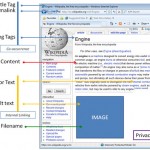



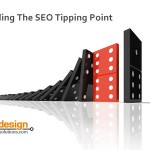

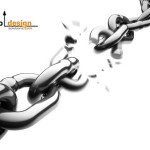
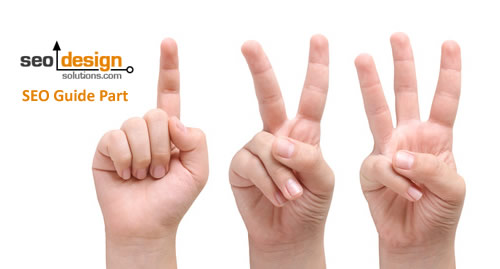
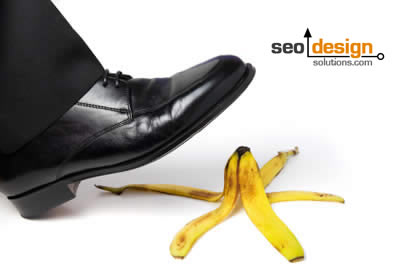


Hi, a really insightful read I enjoyed it a lot.
I say, duplicate content probably the worst thing that could happened that affecting our ranking, just like you mentioned earlier about not using do follow as the tag setting, I learned this the hard way and getting a lot of duplicate content because of the tag.
Cheers,
Mike
Yes i appreciate your words,its really very great one this one very helpful blog for the business men.the i’ll absolutely get lot’s of information regarding seo process that how it works.